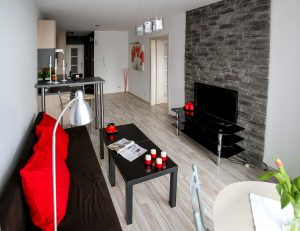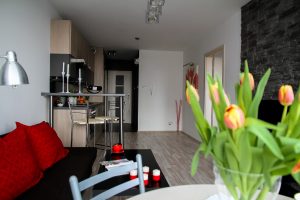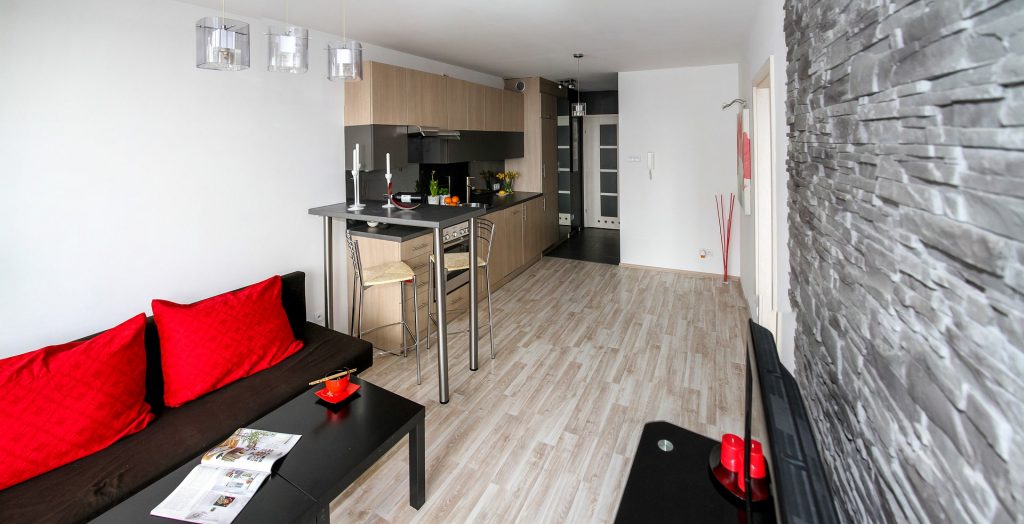Secondary units or dwellings (also known as accessory or basement apartments, secondary suites and inlaw flats) can offer homeowners and investors a way to increase their property value, increase their cash flow and assist in affording a desired mortgage. They are defined by the Ontario Ministry of Municipal Affairs as self-contained residential units with kitchen and bathroom facilities within dwellings or within structures accessory to dwellings. Whether you are purchasing a home with an already established Second Unit, or you’re considering altering your current home to legally allow for a Second Unit, there’s important concepts to consider.
Secondary Units or dwellings for Investors

As a property investor, the Ontario housing market has undoubtedly had an effect on you. The real estate market has increased significantly, but rents have not appreciated proportionately and have not kept up. This makes it challenging for investors as they find themselves using their own money to keep up with the costs of home ownership which aren’t being covered by the rent. This is where perhaps converting the basement into a legal Second Unit can significantly increase your rental income and allow you to cover all your costs or even provide you with additional income.
Second Units Increasing What You Can Afford As a Home Owner
When purchasing a house to be your own home, there is Second Unit options to consider that may open affordability options you hadn’t ever considered were possible for you. Think about how much mortgage can be carried by $1000 of rental income. Depending on several details, a rental income of just $1000 can carry around $200,000 in mortgage costs. With guaranteed extra income coming in like this, you’ve now positioned yourself to be able to afford a home that you may have never expected for yourself.
The Ministry of Municipal Affairs and Housing recently made changes to the Housing Strategy. The area of Secondary Units received amendments. The government of Ontario have addressed some of the complexities involved in developing these secondary units, which reduce the cost through development charge exemptions for those adding second units in a new home.
What to keep in mind if you are considering buying a home with a second unit or you’re thinking of building a second unit yourself

✓ If you have a Second Unit rented, congratulations you are now a landlord (this comes with responsibilities)
✓ You may be losing access to a particular part of the house such as the basement
Other technicalities that are important to respect if you’re interested in developing and/or renting a second unit:
- Many accessory apartments in homes are non conforming and shouldn’t be sold as secondary dwellings therefor it is important you are informed when making a purchase
- Though a Second Unit requires its own kitchen and bathroom as well as living and sleeping areas, it is acceptable to share other features with the rest of the house
- Second Units must comply with Building Code, the Fire Code and property standards bylaws
- Second Units may share an entrance with the primary unit, as long as they have fire separation with fire resistance rating as well as at least two means of egress (exit)
- Means of egress or exit may include windows of an appropriate size
- When building a new Second Unit, hiring an industry professional to prepare the building designs can be very wise as they should be a Qualified Professional under the Ontario Building Code
The perks of Second Units come with complexities, but when done properly, they can become a decision you will benefit from for years to come. Sylvain Bourgon has helped investors get better cash flow through their properties and has experience with secondary dwellings building them in his own units.
If you are seeking advice on becoming a landlord to a Second Unit, we are happy to provide you with helpful guidance and support. Email us at info@buyandsellottawa.ca or call us at 613-590-3036.
